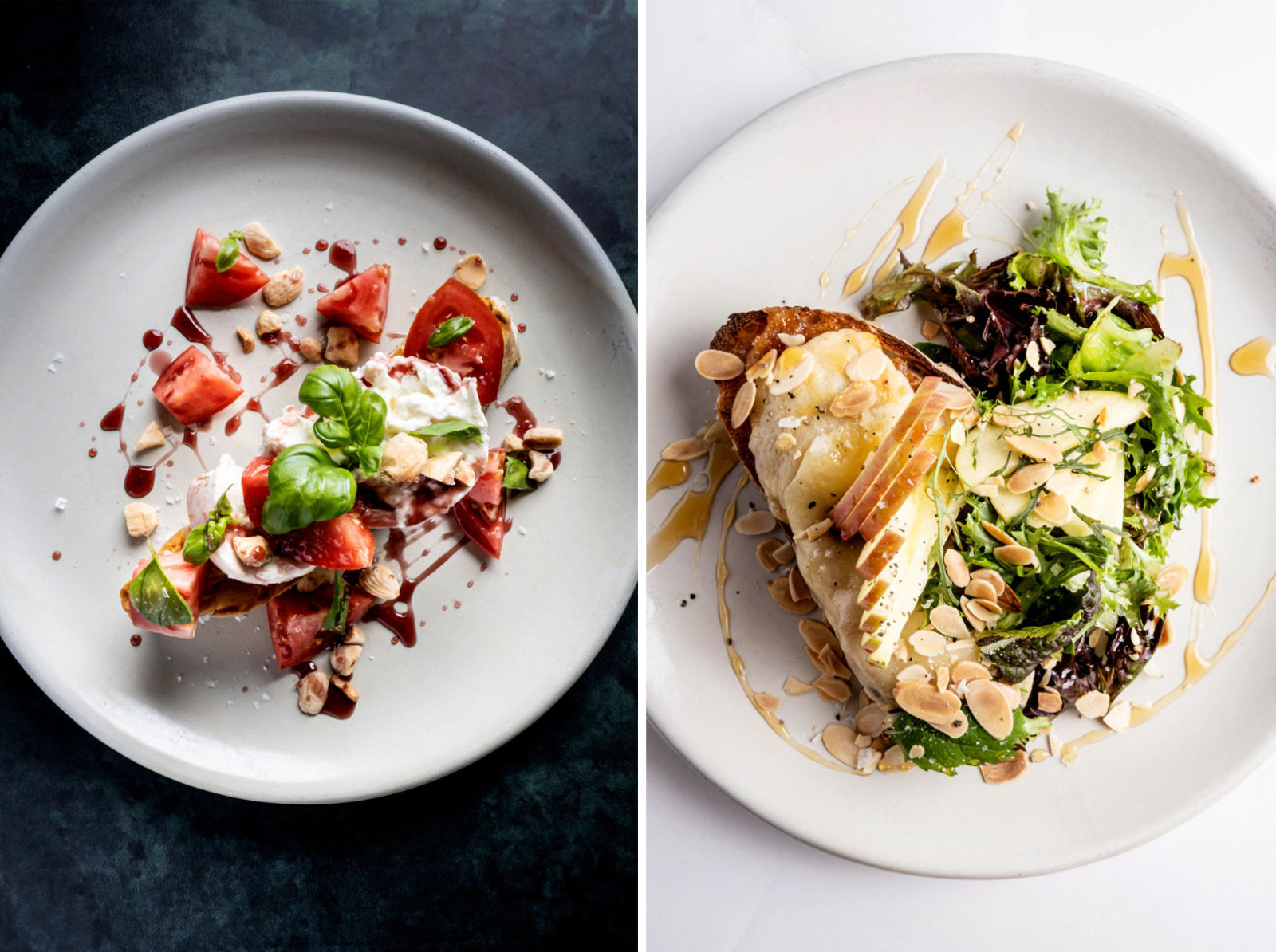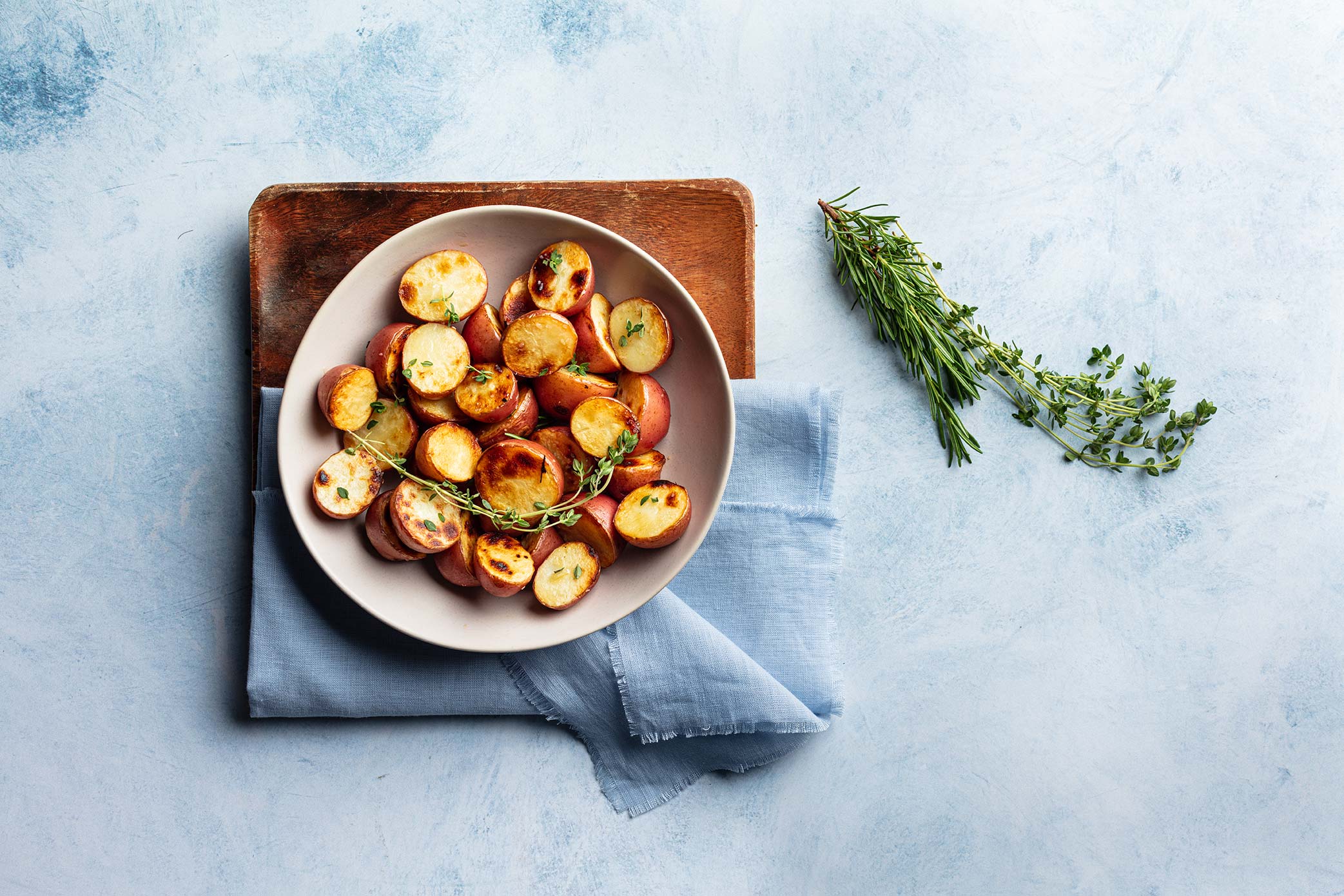Food photography backdrops play a crucial role in elevating the visual appeal of culinary creations, transforming them into captivating works of art. From rustic wooden surfaces to vibrant textiles, the backdrop sets the stage for a visual narrative that engages the viewer and enhances the dining experience.
This comprehensive guide explores the essential elements of food photography backdrops, including composition, color, texture, prop selection, and advanced techniques. Whether you’re an aspiring food photographer or a seasoned professional, discover how to craft stunning backdrops that bring your culinary creations to life.
Composition and Styling
Creating visually appealing compositions is crucial for food photography backdrops. It helps draw attention to the food and enhance its overall presentation. To achieve this, consider the following tips:
Using Props
- Incorporate props that complement the food and add depth to the scene. For example, use rustic wooden boards for hearty dishes or delicate lace doilies for elegant pastries.
- Consider the size and scale of the props relative to the food. Small props can create a sense of intimacy, while larger ones can add drama.
- Experiment with different arrangements of props to find the most visually pleasing composition.
Color and Texture
Colors and textures play a vital role in creating a visually appealing backdrop. Choose colors that enhance the food’s natural hues and create a harmonious composition.
- Consider using complementary colors to create contrast and draw attention to the food.
- Experiment with different textures to add visual interest. For example, use smooth fabrics for a clean look or textured surfaces like wood or stone for a more rustic feel.
- Use lighting to highlight the textures and colors of the backdrop and food.
Styling the Backdrop
Styling the backdrop involves arranging the elements to complement the food being photographed. This includes considering the placement of the food, the angle of the camera, and the overall composition.
- Position the food in the most flattering way, ensuring it’s the focal point of the image.
- Experiment with different camera angles to find the most visually appealing perspective.
- Consider the negative space around the food and use it to create a sense of balance and harmony.
Color and Lighting
Color and lighting play a crucial role in food photography, as they can significantly influence the mood and atmosphere of the image. The right color scheme and lighting techniques can enhance the appearance of the food, making it look more appetizing and visually appealing.
Color Schemes
When selecting a color scheme for your food photography backdrop, consider the following:
- Complementary colors:Colors that are opposite each other on the color wheel, such as blue and orange or red and green, can create a visually striking contrast that draws attention to the food.
- Analogous colors:Colors that are adjacent to each other on the color wheel, such as blue, blue-green, and green, can create a harmonious and cohesive look.
- Neutral colors:Colors such as white, gray, and black can provide a clean and elegant backdrop that allows the food to take center stage.
Lighting Techniques
The type of lighting used can also greatly affect the appearance of the food. Natural light, which is available during the day, can create a soft and flattering glow. Artificial light, such as studio lights or flash, can provide more control over the lighting conditions and can be used to create specific effects.
When using natural light, it is important to position the food in a way that takes advantage of the available light. Avoid placing the food directly in front of a window, as this can create harsh shadows. Instead, position the food slightly to the side or behind a diffuser to create a more even light.
When using artificial light, you can use a variety of techniques to create different effects. For example, using a softbox can create a soft and diffused light that is ideal for close-up photography. Using a hard light, such as a spotlight, can create more dramatic shadows and highlights.
Conclusion
By carefully considering the color scheme and lighting techniques used in your food photography, you can create images that are both visually appealing and appetizing. Experiment with different colors and lighting setups to find what works best for your particular style and subject matter.
Background Textures and Patterns

In food photography, background textures and patterns play a crucial role in enhancing the visual appeal and storytelling of the image. They can add depth, interest, and context to the subject, while complementing the food’s colors and textures.
From rustic wooden surfaces to elegant marble countertops, various materials and techniques can be employed to create visually captivating backdrops.
Texture
Textures refer to the tactile quality of a surface, which can be smooth, rough, grainy, or bumpy. Incorporating textures into the background adds depth and dimension to the image, making the food appear more inviting and appetizing.
- Rough textures:Natural materials like wood, stone, or burlap create a rustic and organic feel, complementing dishes with earthy tones and natural ingredients.
- Smooth textures:Glossy surfaces such as marble, glass, or metallic finishes lend a modern and sophisticated touch, ideal for showcasing delicate pastries or desserts.
- Grainy textures:Fabrics like linen or canvas add a subtle texture that complements both rustic and modern food photography styles.
Patterns
Patterns are repetitive designs that can create visual interest and draw attention to the food. They can be geometric, organic, or abstract, and can be incorporated through fabrics, wallpaper, or custom-made backdrops.
- Geometric patterns:Stripes, checks, or polka dots can add a playful or modern touch, especially when paired with contrasting colors.
- Organic patterns:Floral prints, leaf motifs, or animal textures bring a touch of nature to the image, complementing food with natural or rustic elements.
- Abstract patterns:Swirls, brushstrokes, or unique textures create a more artistic and experimental backdrop, ideal for showcasing creative food presentations.
Creating Custom Backdrops
Custom backdrops allow photographers to have complete control over the texture and pattern of the background. These can be created using materials like fabric, paper, or wood, and can be tailored to the specific requirements of the food photography shoot.
- Fabric backdrops:Fabrics offer a wide range of textures, colors, and patterns. They can be draped, folded, or used as a flat surface, providing versatility and affordability.
- Paper backdrops:Paper backdrops are lightweight and inexpensive, available in various colors and textures. They are ideal for creating clean and minimal backgrounds.
- Wood backdrops:Wood backdrops provide a natural and rustic touch, with unique grain patterns and textures. They can be painted or stained to match the desired aesthetic.
Prop Selection and Placement
The judicious selection and placement of props can significantly enhance the impact of food photography backdrops. Props not only add visual interest but also provide context, evoke emotions, and guide the viewer’s attention. By carefully considering the food’s characteristics, the desired mood, and the overall composition, photographers can elevate their food photography to new heights.
Prop Selection
The selection of props should complement the food and the intended narrative. Consider the food’s texture, color, and shape when choosing props. For example, rustic wooden cutting boards and cast-iron pans can enhance the earthy tones and natural textures of grilled meats, while delicate porcelain plates and floral arrangements can complement the elegance of pastries.
Prop Placement
The placement of props is crucial for creating a visually cohesive image. Props should be positioned to draw the viewer’s eye towards the food and support the composition. Consider using props to create a sense of depth, balance, and visual interest.
Experiment with different angles and perspectives to find the most impactful arrangement.
Additional Tips
- Use props that are relevant to the food and the intended message.
- Avoid cluttering the composition with too many props.
- Consider the scale and proportion of props relative to the food.
- Pay attention to the colors and textures of props to ensure they harmonize with the food and backdrop.
- Use natural light whenever possible to enhance the realism of the image.
Backdrops for Different Cuisines: Food Photography Backdrops
The choice of backdrop for food photography is heavily influenced by the cuisine being featured. Different cuisines have their own unique cultural and aesthetic influences, which should be reflected in the backdrop. For example, a backdrop for a rustic Italian dish might feature warm, earthy tones and natural textures, while a backdrop for a delicate Japanese dish might feature light, airy colors and delicate patterns.
Asian Cuisines
- Clean and simple backdrops with neutral colors, such as white or light gray, allow the food to take center stage.
- Natural elements, such as wood or stone, can add warmth and texture to the backdrop.
- Patterns inspired by traditional Asian art and culture, such as bamboo or cherry blossoms, can add a touch of authenticity.
European Cuisines
- Dark and moody backdrops can create a dramatic atmosphere for dishes such as steak or pasta.
- Rustic backdrops with exposed brick or wood can add a touch of warmth and authenticity to dishes such as pizza or bread.
- Elegant backdrops with marble or gold accents can complement dishes such as French pastries or fine dining.
American Cuisines
- Patriotic backdrops with red, white, and blue colors can be used for dishes such as burgers or hot dogs.
- Rustic backdrops with wood or metal accents can create a casual and inviting atmosphere for dishes such as barbecue or tacos.
- Modern backdrops with clean lines and geometric shapes can complement dishes such as salads or sandwiches.
Advanced Backdrop Techniques

Beyond basic backdrops, advanced techniques elevate food photography to new heights. These methods allow photographers to create dynamic, visually stunning backdrops that enhance the narrative and impact of their images.
Use of Gels and Filters
Gels and filters are transparent materials placed over lights or lenses to modify the quality and color of light. By using colored gels, photographers can create dramatic effects, such as adding a warm glow or simulating a sunset. Filters, such as polarizers and neutral density filters, can control the amount of light reaching the camera, allowing for greater flexibility in exposure and depth of field.
Storytelling with Backdrops, Food photography backdrops
Backdrops can play a crucial role in conveying a story or message through food photography. By choosing backdrops that evoke a particular emotion or atmosphere, photographers can create images that resonate with viewers on a deeper level. For example, a rustic backdrop might evoke nostalgia, while a modern backdrop could convey sophistication.
Backdrops for Commercial Photography

In the realm of commercial food photography, backdrops play a crucial role in crafting visually captivating images that meet the specific demands of clients. These backdrops must adhere to industry standards and best practices to effectively showcase products and align with brand aesthetics.
Versatility and Adaptability
Versatility is paramount in commercial food photography backdrops. They must be adaptable to diverse shooting environments and accommodate various food items and styles. Backdrops should provide a neutral yet visually appealing foundation that complements the subject matter without overpowering it.
FAQ Compilation
What are the key elements of a successful food photography backdrop?
Composition, color, texture, and prop selection are the fundamental elements that contribute to a visually appealing food photography backdrop.
How can I choose the right backdrop for my food photography?
Consider the style of your photography, the colors and textures of the food, and the overall mood you want to convey. Experiment with different backdrops to find what complements your subject best.
What are some creative ways to use props in food photography backdrops?
Props can add depth, interest, and context to your food photography. Use them to create a narrative, highlight specific ingredients, or add a touch of whimsy to your images.
